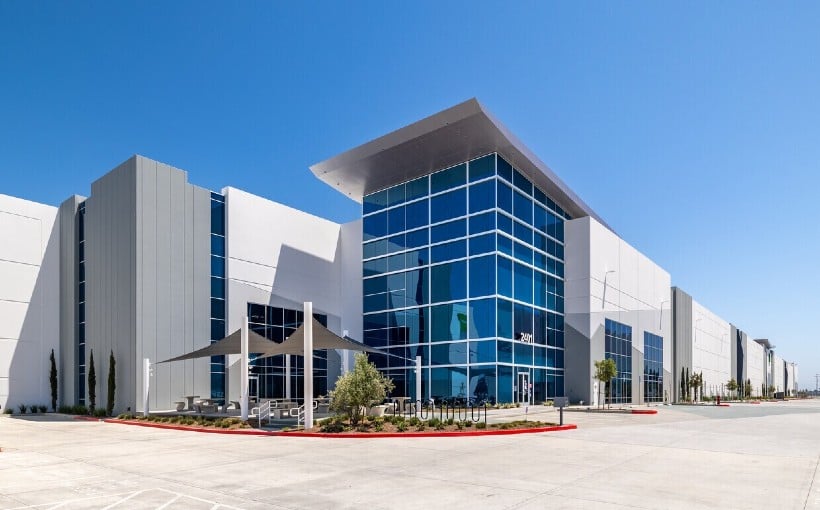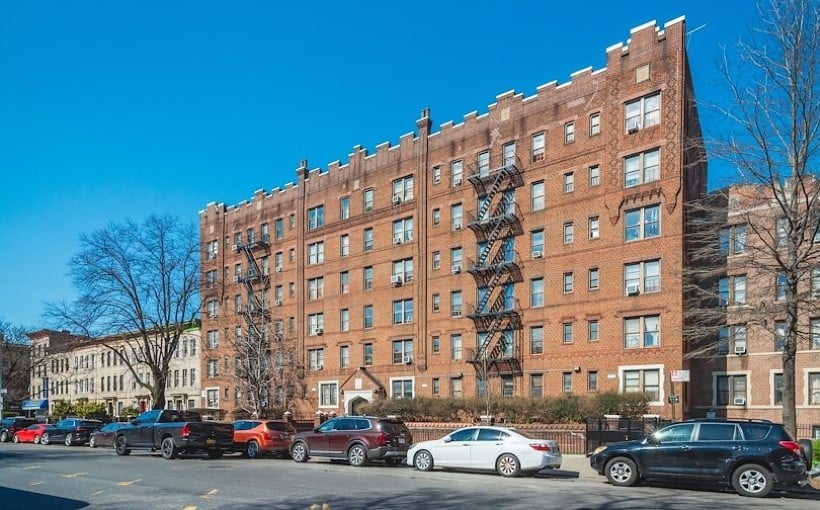**Pinpointing Tariff-Resilient Assets and Markets**
Tariffs have become a central concern across the economic landscape, from individual investors gauging their impact on retirement portfolios to business leaders considering implications for recession risk and inflation. The commercial real estate (CRE) sector is also grappling with how shifting tariff policies—often referred to as “tariff whiplash”—may affect investment and construction strategies.
A recent report by Hans Nordby, Executive Managing Director of Research and Investment Analytics at Transwestern, emphasizes that the evolving landscape of tax, regulation, and tariff regimes could temporarily drag down GDP growth. Despite this, forecasts indicate that economic growth will likely slow but continue, with inflation expected to peak in 2025 before returning to long-term trends by 2026.
Nordby notes that the current volatility in markets might create investment opportunities, particularly for well-positioned industrial and multifamily assets. Key insights highlighted in the report include:
– **Real Estate as an Inflation Hedge:** Real estate may serve as a stable source of value and a hedge against inflation in a challenging tariff and trade environment.
– **Growth in Strategic Industries:** Sectors such as pharmaceuticals, semiconductors, steel, energy, and automotive manufacturing are well-positioned for future expansion.
– **Geographic Shifts in Manufacturing:** States like Arizona, Georgia, Ohio, Tennessee, and Texas are emerging as manufacturing hubs due to trade realignments and government incentives.
– **Onshoring and Supply Chain Diversification:** Companies are already adjusting supply chains by relocating production closer to U.S. markets or diversifying their country of origin to mitigate tariff risks.
– **Strength in Industrial and Multifamily Markets:** As manufacturing activity ramps up—particularly in states with business-friendly policies and growing labor forces—both the industrial and multifamily real estate sectors stand to gain.
– **Housing and Economic Demand Driving Apartments:** Rising job opportunities and the high cost of homeownership are expected to support continued demand for rental housing.
All considered, Nordby suggests that real estate assets with high demand prospects, particularly in the industrial, multifamily, and healthcare sectors, could outperform in a high-tariff environment. Additionally, metropolitan areas that benefit from domestic in-migration—rather than relying heavily on international immigration—are likely to be more resilient.
In a time of global trade uncertainty, carefully identifying the right location and asset class may provide investors with stability and long-term growth potential.




